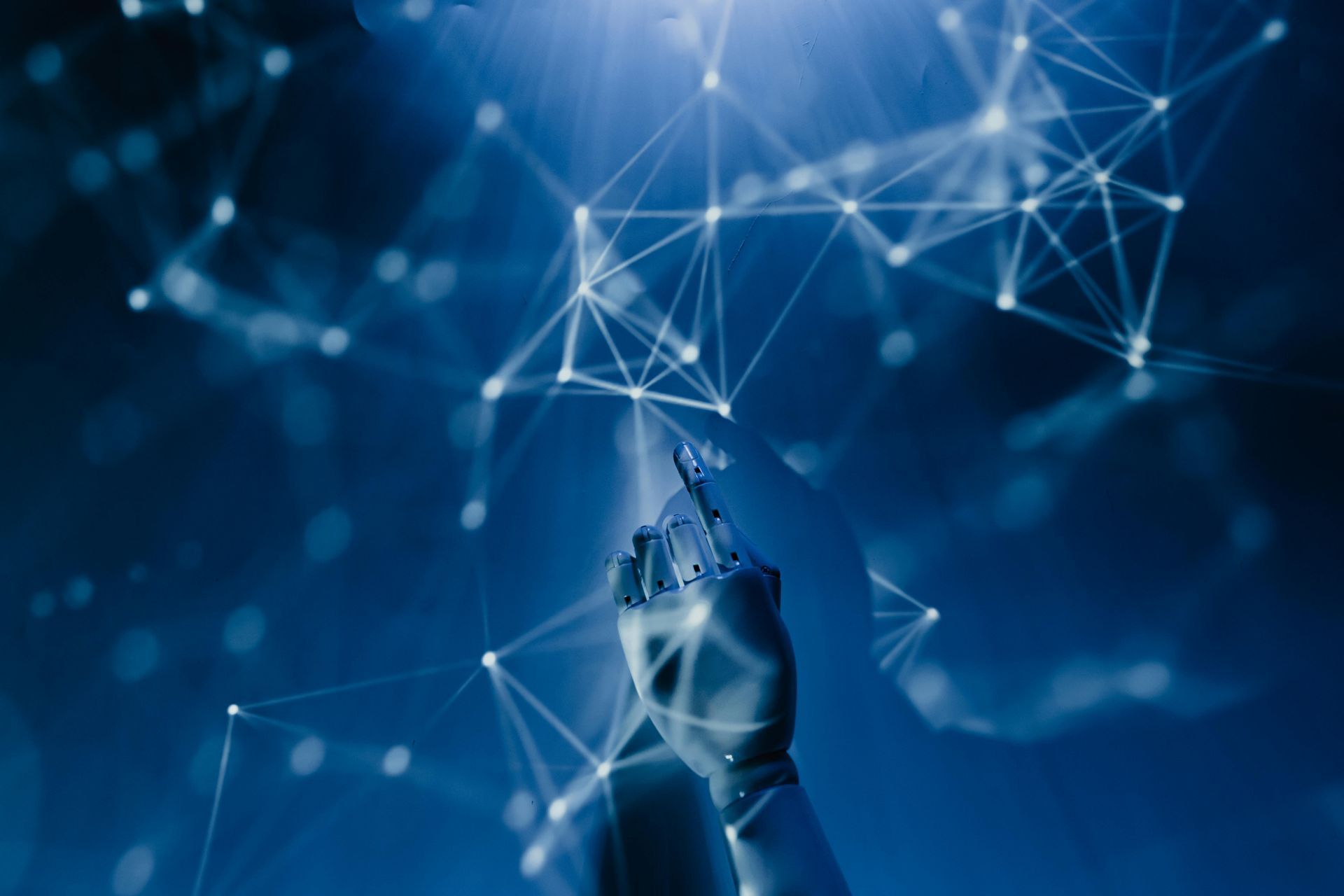Encouraging Peer Collaboration
As educational approaches continue to evolve, peer collaboration remains a powerful and proven strategy for preparing students for success in the 21st century. At Gaborone International School (GIS), we are committed to fostering innovative learning environments that promote academic excellence, and peer collaboration has become a cornerstone of this mission.
This article explores what peer collaboration is, outlines its many benefits, showcases practical examples at GIS, and offers effective strategies for implementation.
What is Peer Collaboration?
Peer collaboration involves students working together—often in pairs or small groups—to complete academic tasks, solve problems, give and receive feedback, and support each other’s learning journeys. This learner-centered approach encourages students to share ideas, teach one another, and work toward shared goals, often with greater enjoyment and effectiveness than traditional teacher-led methods.
10 Benefits of Peer Collaboration
At GIS, we believe in empowering our students to take an active role in their learning. Here are ten key benefits of implementing peer collaboration in the classroom:
1. Greater Ownership of Learning
Students become responsible for their own learning. They take initiative, set goals, and monitor both their own and their peers’ progress—becoming active agents of their academic journey.
2. Reduced Unhealthy Competition
Instead of pitting students against each other, peer collaboration encourages teamwork. At GIS, group projects are assessed as part of our formative assessments, showing students that collaboration is just as important as individual performance.
3. Improved Knowledge Sharing
Through discussions and brainstorming, even struggling learners can enhance their understanding, supported by the collective intelligence of the group.
4. Development of Key Skills
Students develop essential 21st-century skills such as communication, creativity, cooperation, teamwork, and critical thinking.
5. Enhanced Thought Processes
Working with diverse and high-achieving peers positively influences students’ attitudes, motivation, and work ethic.
6. Boosted Confidence
Regular opportunities to speak and present in small groups build students’ self-esteem, reduce shyness, and improve public speaking skills.
7. Broader Perspectives
Collaborating with peers fosters empathy, inclusion, and appreciation of different viewpoints—key to nurturing culturally aware and globally minded citizens.
8. Real-Life Readiness
Peer collaboration mirrors workplace dynamics, helping students prepare for future roles in professional, family, and community settings.
9. Deeper Understanding
Explaining concepts to peers reinforces the speaker’s own understanding, leading to improved academic performance.
10. Social Competence
Through collaboration, students develop stronger interpersonal skills, build friendships, and cultivate a sense of belonging.
Peer Collaboration in Action at GIS
At GIS, we integrate peer collaboration into many academic and co-curricular activities. Some examples include:
- LINKZ: An annual interschool event held at a local university, where student teams prepare for competitions in:
- Quiz
- Debate
- Database Design
- Accounting
- Hospitality
- Robotics
GIS has proudly earned medals in many of these categories.
- Clubs and Group Activities:
- Study Groups
- Debate Club
- Public Speaking
- Writers’ Group
- Robotics
- Role-Playing (especially in IGCSE English)
- Project-Based Learning
- Environmental Awareness Campaigns
- Moot Court
- Student-Led Conferences
- Portfolio Development
- Interschool Exam Prep Seminars
These activities develop students’ cognitive, social, emotional, and personal growth—equipping them for academic excellence and global citizenship.
Implementation Strategies for Peer Collaboration
To successfully embed peer collaboration in a school setting, the following strategies are essential:
1. Positive Interdependence
Design tasks that are challenging and engaging enough to require collaboration. Each student must contribute meaningfully for the group to succeed.
2. Team Preparation
Assign group members thoughtfully. Teach students how to work together, build mutual trust, and value diverse contributions.
3. Minimize Group Loafing
Avoid situations where one student does all the work. Keep groups small and assign individual roles to ensure accountability.
4. Teachers as Facilitators
Teachers must monitor group dynamics, ensure discipline, and guide interactions to maintain structure and effectiveness.
5. Socratic Seminars
In these student-led discussions, learners ask questions, share ideas, elaborate on concepts, and engage in critical thinking—promoting deeper understanding and dialogue.
6. The Listening Triangle
In groups of three, students rotate as:
- Speaker – explains a topic,
- Questioner – probes for deeper insight,
- Note-taker – records key points.
Each student cycles through all roles to build a range of communication skills.
7. Project-Based Learning (PBL)
Students tackle real-world problems through collaborative projects in subjects like Science, English, Geography, and Technology—making learning more meaningful and engaging.
Conclusion: Building a Culture of Collaboration at GIS
At GIS, we believe that collaboration is more than just a teaching strategy—it is a culture. By promoting open communication, teamwork, and accountability, we empower students to take ownership of their learning and contribute meaningfully to group success.
This peer-driven model not only leads to academic excellence but also supports holistic development, preparing our learners to be confident, empathetic, and globally competitive individuals.
Through peer collaboration, GIS continues to rise as a leader in innovative education in Southern Africa.
Compiled by: Mavis Sithole
Gaborone International School (GIS)



